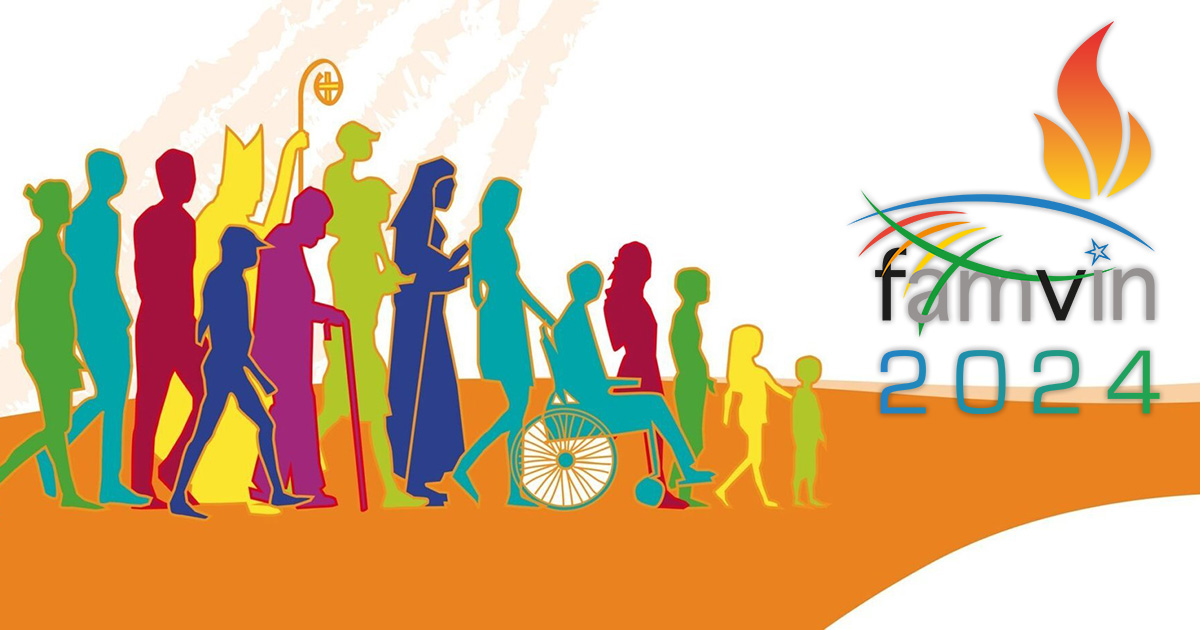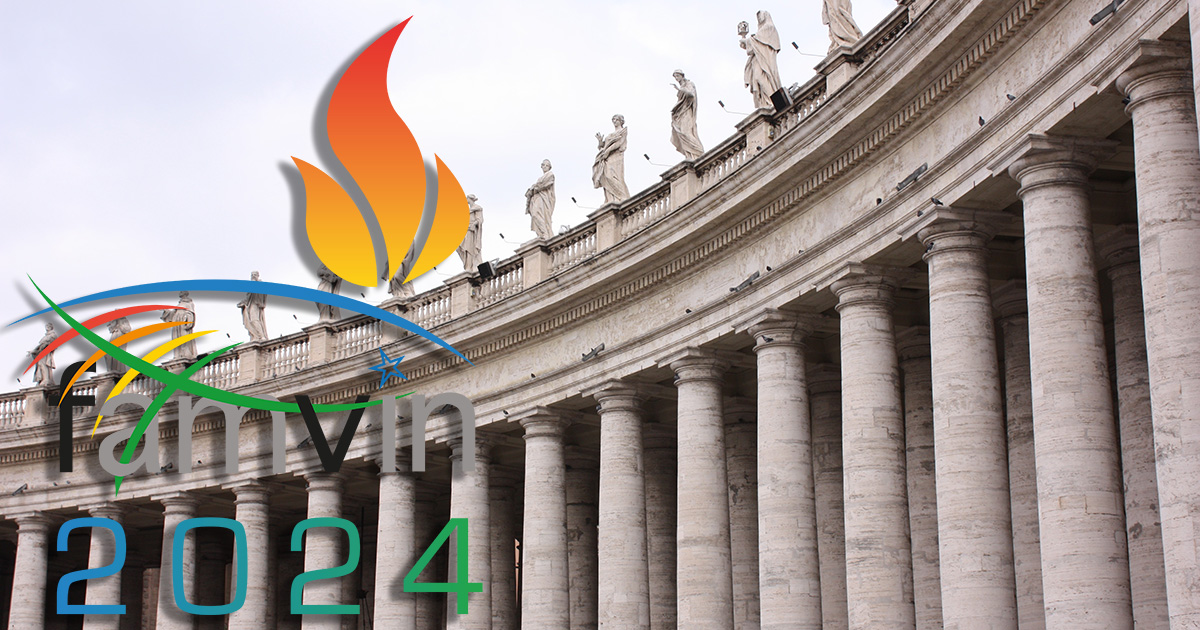This research is the Master’s Thesis of the “Masters in Vincentian Studies” program of Sister María Isabel Vergara Arnedillo, current Visitatrix of the Spain-East Province of the Daughters of Charity. Due to its length we will publish it weekly in four posts.
- Introduction: The text introduces synodality as the path Pope Francis proposes for the Church, inviting everyone to “walk together” in communion and participation. It reflects on how synodality should be the Church’s habitual practice and questions why this approach has not always been the predominant one.
- Part One, available from October 9, Synodality in the Church: Synodality is presented as an essential dimension of the Church, involving walking together in communion and active participation by all the baptized. It encompasses attitudes, relational dynamics, and legal guarantees, promoting a model of an inclusive Church that responds to contemporary challenges through unity and diversity.
- Part Two, available from October 16, The Synodal Dimension in the First Three Vincentian Foundations: St. Vincent de Paul and St. Louise de Marillac, though they didn’t use the term “synodality,” lived out its principles. In the Charities, the Congregation of the Mission, and the Daughters of Charity, communion, participation, and mission are highlighted as organizational and spiritual foundations, anticipating the vision of Vatican II.
- Part Three and Final, available from October 23, Current Challenges in the Vincentian Family with Regard to Synodality: The Vincentian Family faces the challenge of living synodality, centering its mission on the poor and promoting active and equal participation. It must transcend clerical structures and foster spaces for formation, reflection, and shared action, thus responding to the Spirit’s call to be a Church of communion and closeness.
Introduction
Synodality is not a chapter in an ecclesiology textbook, much less a fad or a slogan to be bandied about in our meetings. Synodality is an expression of the Church’s nature, her form, style and mission.[1]
Since the beginning of his pontificate, Pope Francis has been carrying out a renewal of the Church in order to recover her essential being. For this reason, he has put in place a series of mechanisms that aim to make the Church more evangelical, closer to today’s world, more Samaritan, more synodal.
One of the initiatives that began in October 2021 was the “Synod on Synodality”. The Pope wants all men and women who form the Church to enter into this spiritual process that will lead to an ecclesial practice in which people “walk together”, open to the Spirit, listening to God, to themselves, and to the world in which they liv. Thus, they can generate processes of participation that strengthen ecclesial communion and do all of this with a view to continuing the mission of Jesus: establishing the Kingdom of God.
The beginning of the Synod coincided with the beginning of the Masters Program in Vincentian Studies. Listening to Pope Francis say that synodality “expresses the nature of the Church, its form, its style, its mission…”, made me think about the importance of reflecting and bringing to life who we are and what we are called to be. Those words also led me to ask myself why this way of being Church has not been so evident in previous years nor is it very evident today. Indeed, this way of being Church is not seen nor perceived by those who are not members of the Church.
When I had to concretize the research with regard to my thesis, I wanted to choose this theme because of its relevance for the current ecclesial moment and, also, because I wanted to deepen my understanding of the Vincentian charism from this perspective. Many questions arose in my mind: if everyone in the Church is called to live in this synodal manner [and that includes all Vincentians], then was this style and form part of the first intuition that our Founders experienced when they allowed themselves to be led by the Spirit? Could their way of proceeding be understood as a way of living synodality? In spite of the distance in time and thinking, can certain intuitions of the Founders be considered expressions of synodality? Finally, can we discover synodal approaches in our Vincentian foundations?
With this purpose in mind, I began to work: studying the subject, reviewing the various themes of Ecclesiology that were part of the course work for the masters degree. I consulted periodicals, books, and the materials there were being published by the Church for the celebration of the Synod. I also read the various speeches and messages of Pope Francis. I also did more research on the various themes that dealt with the origins of the Vincentian foundations and the lived experience of St. Vincent and St. Louise.
The present work will focus, first, on an understanding of the meaning of Synodality in the Church. We will frame this dimension in the context of the meaning of ecclesial communion from the time of its origins and we will emphasize the fact that in the twentieth century, the Second Vatican Council recovered this way of understanding the Church (something that had been lost over the years). We will continue our reflection on what Synodality means in the life and mission of the Church today and the importance of the Synod on Synodality.
Then, we will attempt to discover the elements with regard to communion, participation and mission in each of the first Vincentian foundations while at the same time exploring the synodal perspective in order to reveal how those elements come alive. Finally, we will attempt to address some of the challenges that Vincentians face today in order to live our charism from the perspective of synodality.
Sr Mª Isabel Vergara Arnedillo, D.C.
Footnotes:
1] Pope Francis, Address to the Faithful of the Diocese of Rome, September 18, 2021. https://www.vatican.va/content/francesco/en/speeches/2021/september/documents/20210918-fedeli-diocesiroma.html







0 Comments